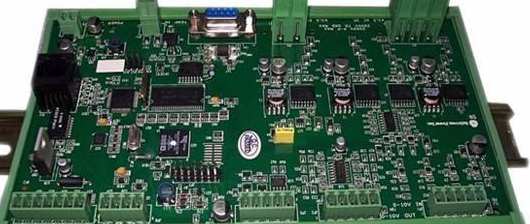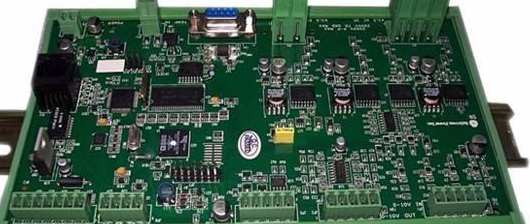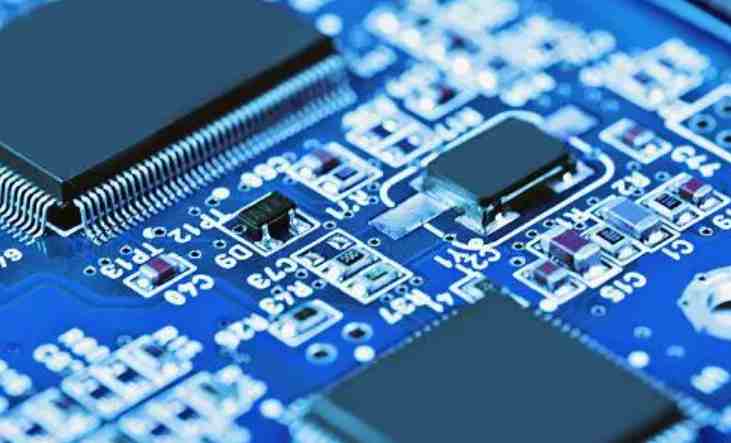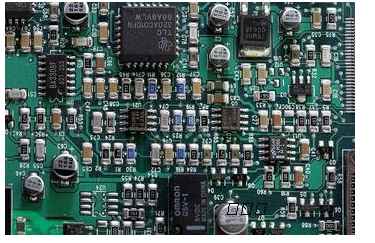
Surface Mount Technology (SMT) is a very important technology in the assembly process of electronic components, which is the method of attaching SMD components directly to the PCB board to realize the assembly of electronic components. The emergence of SMT technology has greatly improved the assembly efficiency and production quality of electronic components, and it has become an indispensable part of modern electronic production.

As a complex technology, there are many kinds of SMT processing processes. Shenzhen Honglijie Electronics is a professional SMT processing plant, can provide PCBA OEM one-stop service, the next for you to introduce 4 common SMT processing process.
1.Presequence preparation
Before SMT processing, the device and the board need to be processed. For components, it is necessary to carry out pre-preparation, including cleaning, stripping, processing, etc., to ensure that its quality meets the requirements. For PCB board, it is necessary to carry out the pre-preparation and treatment, including cutting, marking, layout, drilling, etc. After these treatments, the original and PCB board are ready, and then SMT processing can be carried out.
2. Feed
Feeding refers to feeding the components prepared in the preceding sequence in accordance with fixed procedures. At this stage, components need to be classified according to specifications, sizes, models, etc., and placed in the process location. After the feeding is complete, check whether the placement of the components is correct.
Step 3 Print
Printing refers to the process of pasting SMD components on the PCB board after dispensing. The SMD component is fixed by dispensing glue on the PCB board. In the printing process, it is necessary to fine-adjust the parameters such as the thickness of the printing glue, the offset printing pressure, and the spacing of the scraper plate. After printing is completed, it is necessary to check the coverage area and uniformity of the glue.
Step 4 Cure
Curing is to fix the colloids on the PCB by heating the attached SMD components, so as to complete the component patch. In this link, it is necessary to regularly detect the temperature change of the metal makeup plate to ensure the correct process. After curing, it is necessary to test and check the fitting degree and mounting position of the components.
In short, the SMT processing process is a complex process that needs to complete several steps successively. Just completing one of the steps does not guarantee the quality of the processing, and requires comprehensive control. I believe that in the future of electronic production, SMT processing technology will continue to evolve and become more mature, and can bring greater help to our production.







